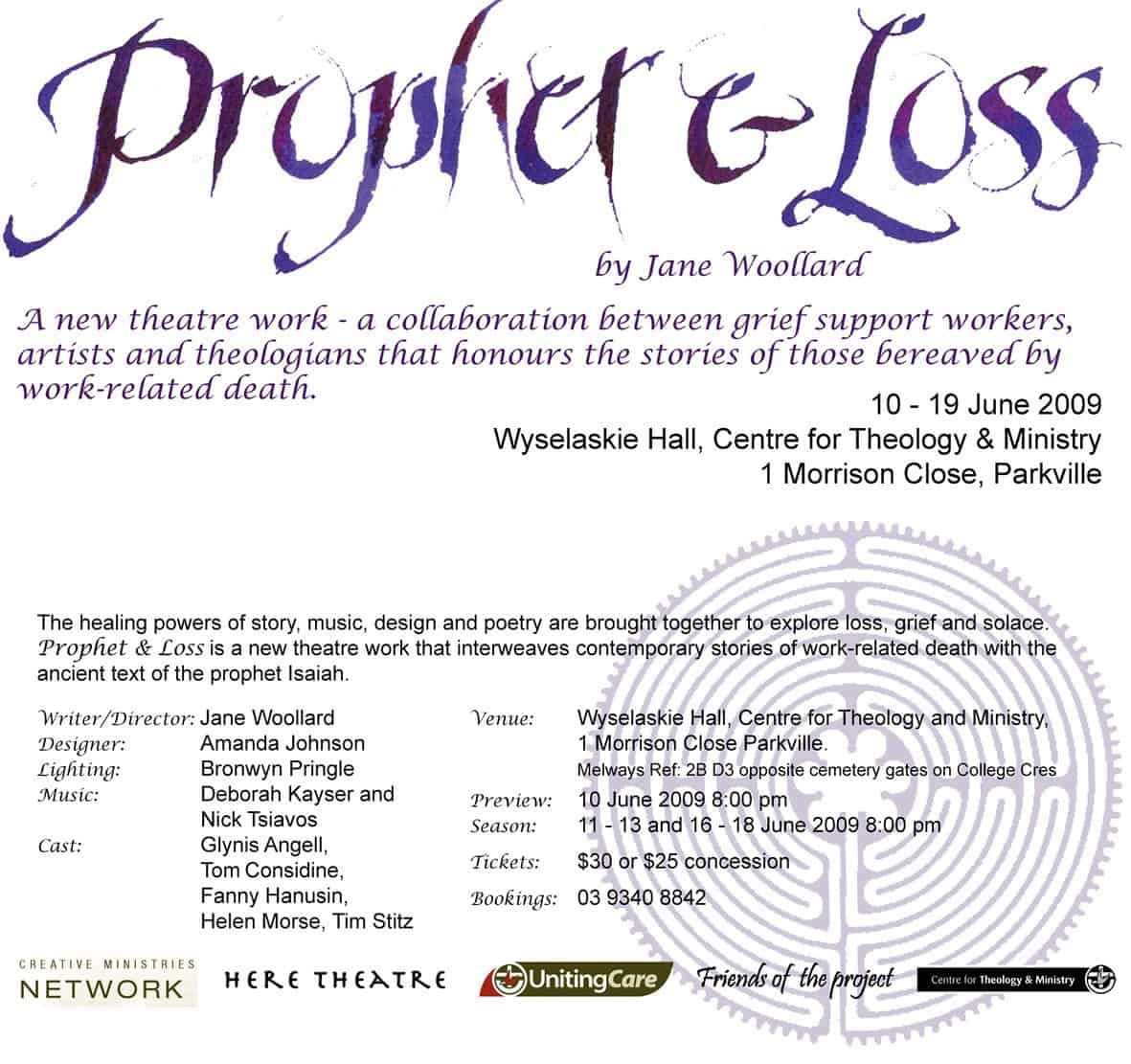The Business Council of Australia is the latest employer group to actively lobby Australian industrial relations ministers over harmonised OHS laws on the eve of the crucial Workplace Relations Ministers’ Council (WRMC) meeting. BCA’s CEO Kate Lahey is reported in today’s Age newspaper as saying that the rejection of OHS law reform would say to investors that the States were not interested.
The Mineral Council of Australia has stated in the same article that
“… a uniform OHS act will enable all businesses to focus on improving health and safety outcomes…”
Outcomes can be many things but much of the commentary over the last week seems to misunderstand the aims of the government’s review. As I tried to emphasise on an interview on 17 May 2009 on radio 3CR, it was a review of OHS law not OHS management. Satisfactory levels of safety have already been achievable under existing OHS law. A change of law does not equate to a change of approach or commitment.
The chance of the OHS reforms not going through was weakened on the weekend when the New South Wales Industrial Relations Minister, Joe Tripodi,
“signalled a compromise on the absolute duty of care that requires employers to prove a workplace is safe…”
New South Wales was the crucial sticking point in national negotiations and and the minister’s compromise is likely to be that the reverse onus only applies to corporations and that individuals be exempt.
If the WRMC decides to follow the National OHS Model Law Review Panel reports, OHS Law will be streamlined for lawyers, the Courts and OHS regulators. This will benefit those businesses that operate across State borders but it will make little difference to the vast majority of workplaces in Australia.
The recommendations of the Reports were not that radical. The recommendations were, as expected, a copy of the Victorian OHS Act with bits added. In fact, some lawyers question whether the OHS Model Law Review was really necessary given the bland predictable outcomes.
Many were wishing for an OHS revolution like that achieved by Lord Robens in the 1970s. The fact is that the review was given limited resources and limited time to reach a conclusion. The recommendations seem to be acceptable to the government and unsurprising.
The main game in Australian politics at the moment is industrial relations. Any OHS changes will best understood through analysis of their IR implications.

